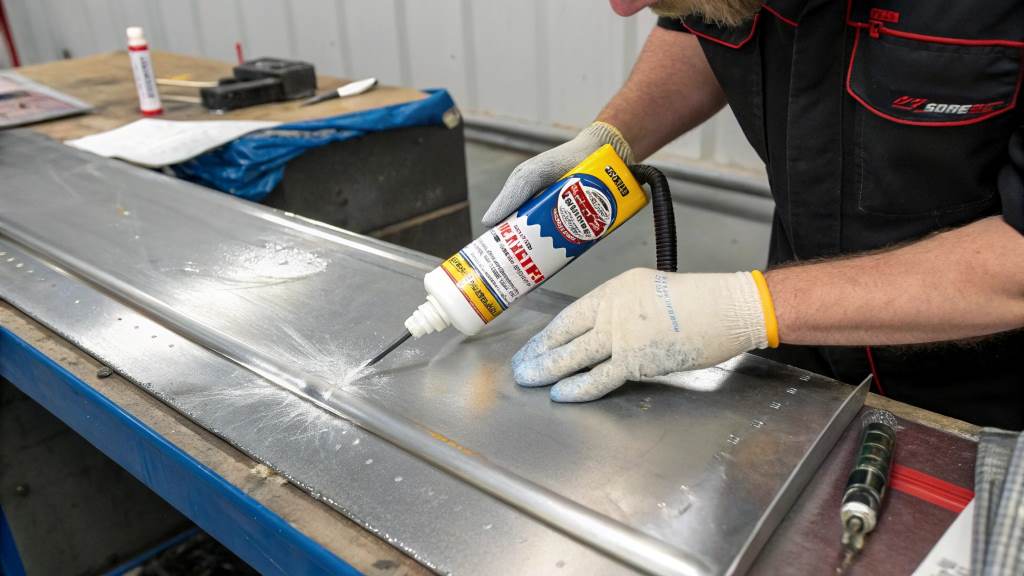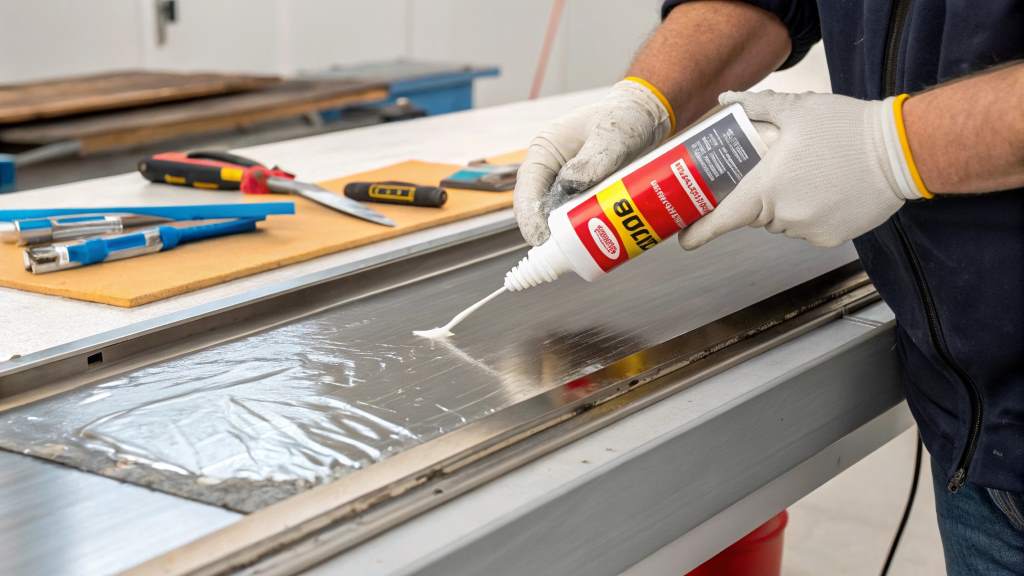
How to Remove Super Glue from Metal: The Ultimate Guide
Super glue is one of the strongest adhesives available. While it’s great for bonding materials together, it can be a nightmare when accidentally spilled on metal surfaces. If you’ve ever dealt with dried super glue on metal, you know how tough it can be to remove. The good news? You don’t need to panic or replace the metal item. This comprehensive guide will walk you through various methods on how to remove super glue from metal. Whether you prefer household solutions or commercial removers, we’ve got you covered.
Why Is Super Glue So Hard to Remove from Metal?
Super glue, also known as cyanoacrylate, bonds quickly and forms a strong, almost permanent seal. On porous materials, it seeps into the surface, but on metal, it hardens into a solid layer. The non-porous nature of metal makes glue removal challenging because the adhesive doesn’t break down naturally.
The key to removing super glue from metal is breaking the chemical bonds without damaging the surface. Depending on the type of metal, different methods may work better. Recover troubled projects by using the right technique to safely dissolve and lift the glue without causing harm to the metal.
Precautions Before Removing Super Glue
Before you start, follow these precautions to avoid damage:
- Test in a Small Area: Some solutions can discolor or corrode metal. Always test first.
- Wear Gloves: Some solvents can irritate the skin.
- Ensure Ventilation: Many glue removers release strong fumes. Work in an open space.
- Be Patient: Rushing can damage the metal’s finish.
Household Methods to Remove Super Glue from Metal
1. Warm Soapy Water Method
This is the safest and most gentle way to remove super glue, especially for delicate metals.
What You Need:
- Warm water
- Dish soap
- Soft cloth or sponge
Steps:
- Mix warm water with a few drops of dish soap.
- Soak a cloth in the soapy water and press it against the glue for 10-15 minutes.
- Gently rub the area with a sponge until the glue softens and peels away.
Best For: Light glue stains, fresh spills, or delicate metal surfaces.
2. Acetone (Nail Polish Remover) Method
Acetone is a powerful solvent that dissolves cyanoacrylate effectively.
What You Need:
- Acetone or nail polish remover
- Cotton ball or soft cloth
- Plastic scraper
Steps:
- Soak a cotton ball in acetone.
- Place it over the glue stain for 5-10 minutes.
- Gently wipe the softened glue away using a soft cloth or scraper.
Caution: Acetone can remove paint and coatings. Use cautiously on colored metals.
3. Vinegar and Lemon Juice Solution
For an eco-friendly and mild alternative, vinegar or lemon juice can work effectively.
What You Need:
- White vinegar or lemon juice
- Cotton swabs
- Soft cloth
Steps:
- Soak a cotton swab in vinegar or lemon juice.
- Apply it directly to the glue and let it sit for 10-15 minutes.
- Gently rub the area with a cloth to remove the glue.
Best For: Small glue spots and sensitive metals.
4. Baking Soda and Coconut Oil Paste
This method is gentle yet effective for removing glue without scratching the metal.
What You Need:
- 1 tablespoon baking soda
- 1 tablespoon coconut oil
- Soft brush or cloth
Steps:
- Mix baking soda and coconut oil into a thick paste.
- Apply the paste to the glue and let it sit for 20 minutes.
- Scrub gently with a brush until the glue comes off.
Best For: Stainless steel, aluminum, and other polished metals.
Advanced Techniques for Stubborn Glue
5. Rubbing Alcohol or Isopropyl Alcohol
Alcohol can break down the adhesive properties of super glue without damaging metal.
What You Need:
- 70% or higher isopropyl alcohol
- Soft cloth
Steps:
- Soak a cloth in rubbing alcohol.
- Apply it to the glue for 5-10 minutes.
- Wipe away the softened glue.
Best For: Chrome, stainless steel, and brass.
6. Commercial Super Glue Removers
If DIY methods don’t work, commercial glue removers like Goo Gone or Loctite Glue Remover can help.
What You Need:
- Commercial glue remover
- Soft cloth
- Plastic scraper
Steps:
- Apply the remover according to the instructions.
- Let it sit for the recommended time.
- Wipe off the glue and clean the surface.
Best For: Industrial-strength glue stains.
Preventing Future Super Glue Accidents
- Use Masking Tape: Cover metal areas that shouldn’t be glued.
- Apply Glue Sparingly: A small drop is often enough.
- Use a Protective Mat: Work over a disposable surface to catch spills.
- Clean Spills Immediately: Fresh glue is much easier to remove.
FAQs
Can vinegar remove super glue from metal?
Yes, vinegar breaks down super glue but works best for small glue spots.
Does WD-40 remove super glue from metal?
Yes, WD-40 can loosen super glue. Spray it, let it sit, and wipe it away.
Will acetone damage metal?
Acetone is safe for most metals but can remove paint and coatings. Always test first.
What’s the fastest way to remove super glue from metal?
Acetone or commercial glue removers work the fastest.
Can heat remove super glue from metal?
Yes, applying heat with a hairdryer can soften glue, making it easier to peel off.
Conclusion
Removing super glue from metal doesn’t have to be a frustrating task. By using the right method—whether it’s warm soapy water, acetone, or baking soda—you can restore your metal surfaces without damage. The key is patience and the right technique.
If you want more expert tips, keep following our guides on how to remove super glue from metal for the best cleaning and restoration hacks.



Average Rating